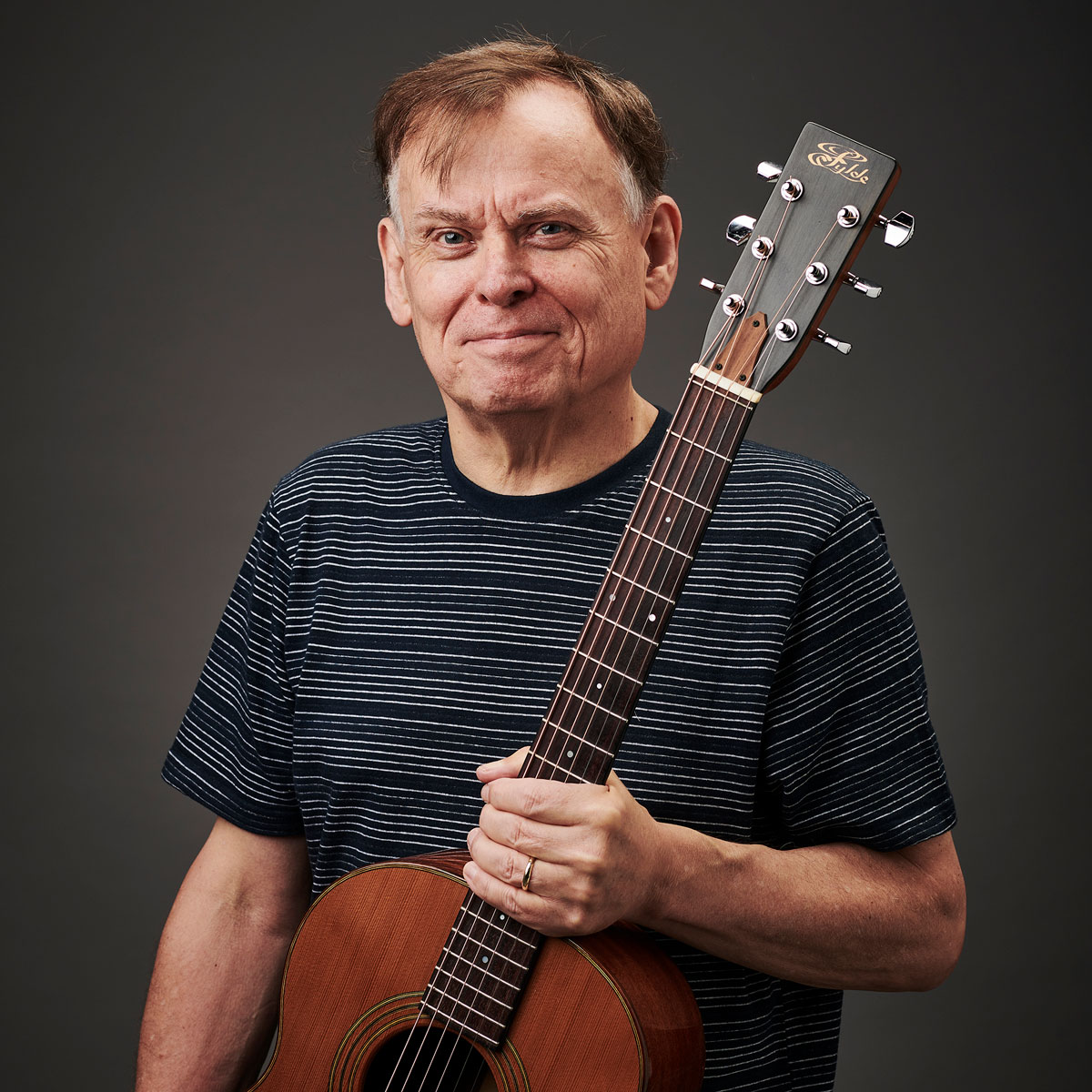Al Di Meola on how a legendary live session with Paco de Lucía and John McLaughlin came to light after 40 years
The sequel to a jazz-fusion guitar classic finally arrives as Saturday Night in San Francisco gets restored for an official release
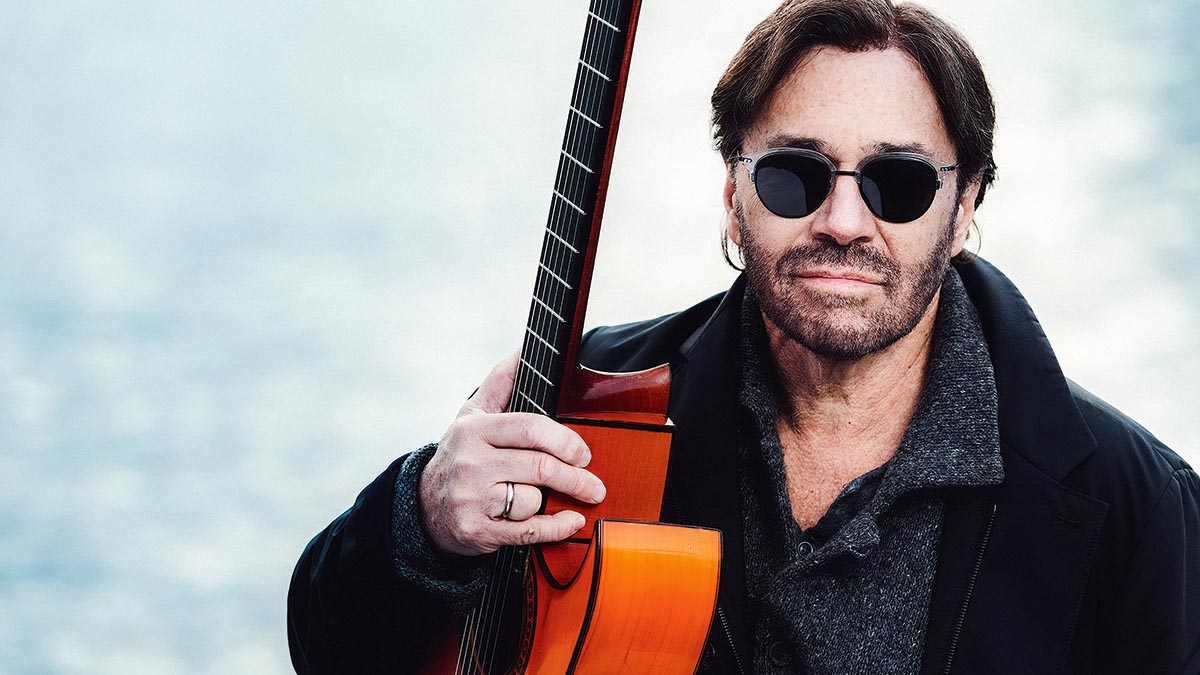
The coming together of three giants of flamenco and jazz-fusion guitar on the 1981 live album Friday Night In San Francisco was an era-defining moment.
Al Di Meola was one of the hottest players in the world of jazz fusion, while John McLaughlin was already an established master.
With flamenco firebrand Paco de Lucía to complete the triangle, it was no wonder the trio’s acoustic guitar odyssey became a hit record. Few knew, however, that a second recording was made the following night, capturing yet more of the intensity and fire of their extraordinary meeting.
Now, those recordings finally have been released, so we joined Al Di Meola to learn how it all went down…
How did these recordings get discovered after 40 years?
“We finished our tour back in 1980. It was a two-month tour, the initial one, and we finished in San Francisco. We felt like the last two shows were the hottest. We were really on fire, the audience was electric, and we wound up – for some reason that I don’t know – mixing the record in White Plains, New York, which is north of New York City. In fact, for me, it is right across the river.
“So we were mixing at the studio, and we had all of the two-inch reel from the beginning of the tour. We taped a lot of the shows, almost all of them, with a truck [mobile studio] – I mean, professionally – so I have all of the German tapes, I have Belgian, I know I have Paris and almost all of the shows. Then also LA.
Get The Pick Newsletter
All the latest guitar news, interviews, lessons, reviews, deals and more, direct to your inbox!
“So the guys asked me, ‘What do we do with all the tapes now?’ Everybody looked at one another. So I said, ‘Well, if you want, you could just have them all brought over to my house because I have a lot of storage room here.’
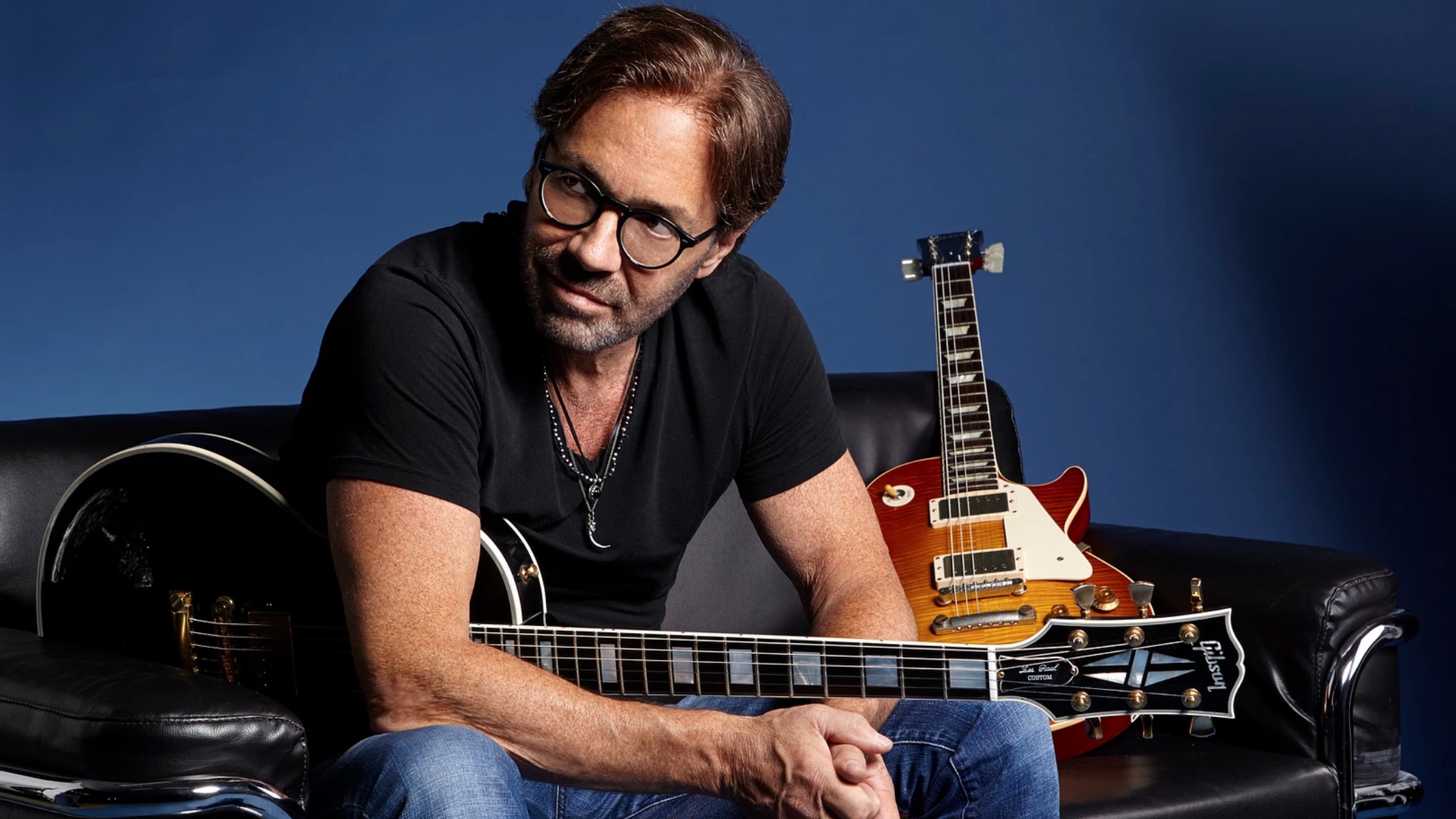
“The tapes were sitting in my basement’s tape room for over 40 years… It wasn’t until 2020, when the whole pandemic thing started to hit, that I thought, ‘Well, this is getting a little scary – God knows what is going to happen. I had better get these tapes restored.’
“At my own dime, I had them professionally restored by baking. There is a baking process to bring out the quality of the tapes – or not – but it worked. So I called John [McLaughlin]. I said, ‘John, first of all, how are you doing?’ because everybody was freaking out about Covid at the time.
“I said, ‘Look, I have got these tapes and I may have mentioned it a few times over the last 40 years, but we really should give these a listen. So I took it upon myself to bake them and I would like to send you some.’
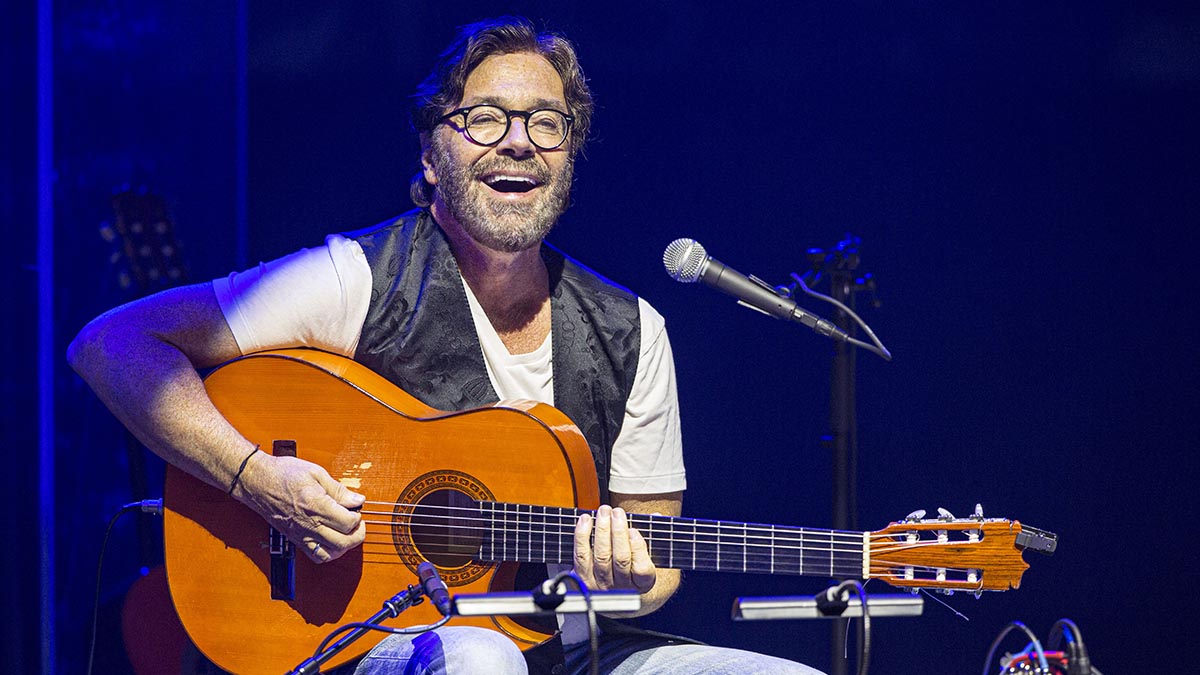
“I sent him one or two tracks initially and he was knocked out. He said, ‘My God, this sounds great.’ I said, ‘Well, I have found other material, too. I have even found a Meeting Of The Spirits from Mahavishnu that we did. I found a Paco piece that we almost forgot about, and a number of other pieces that did not appear on Friday Night.
“So he says, ‘Well, I’m game.’ We got in touch with Paco’s family, we got the okay, and we wound up making a deal to finish the editing and mixing of the record, which I had to do. I would have loved for John to be there, but he couldn’t travel. So I had the responsibility, the nervous responsibility, to edit down a lot of the pieces to meet the size of the vinyl because there are only so many minutes you can put on a vinyl.
“I had to get a 24-minute version of Meeting Of The Spirits down to 14 minutes without John hitting the roof! There were a lot of executive decisions I had to make to get this done.”
Can you remember what gear you were using back then?
“We used microphones. We all had microphones… I don’t know, John was using a guitar that gave you the option of a plug-in, I just forget now. But for me, for sure, it was a combination of plug-in and microphone. Paco was always only microphone.
“Overall, I just think the microphone adds a little bit more of the warmth of the instrument… Actually, my microphone went out on the first song, so whatever the engineer did to try to make up the difference of that, it wasn’t easy to do, but it was only on that first song.”
If you heard the trio playing with the same type of guitar, you would have had less distinction
Why did you opt to play the Ovation guitar for those shows?
“Well, it was like a step towards a nylon [string]. It was in between an electric and, let’s say, a nylon guitar in terms of technicality and how I can handle the instrument. It was the best of both worlds… it was like an electric feel, almost.
“But I built my reputation on the Ovation, as well, at the same time, so it was the instrument that was suited for that trio in a way because there was more distinction between the players.
“Let’s say I had used the guitar I use now, a Conde Hermanos nylon: well, that is what Paco uses. So if you heard the trio playing with the same type of guitar, you would have had less distinction [between the three players].”
How did you guys meet in the first place and decide to form a trio?
“I first heard about Paco on my first tour of Return To Forever in Europe back in 1974. I was 19 at the time and I remember Chick [Corea] started talking about this young new guitar phenomenon named Paco de Lucía.
“We heard mostly about him in Spain when we got there to do our shows. The talk was something like, ‘Oh man, you have got to check out this guy. He is doing some things that people have never heard before.’ So great.
In the States no-one knew of Paco except for Spanish people – they knew about the buzz, but the fusion of jazz and rock crowd, they had never heard of him but were blown away
“So I went to their version of Harrods – I think it was called El Corte Inglés department store – in Madrid, and I bought a few of his records. When I got back to the States and I played them, immediately I was just blown away at the fact that what I knew of flamenco… this was another level of velocity, of clarity, of articulation, of ideas, the blending of percussion instruments… There was something about it that just knocked my socks off.
“Fast-forward to 1976 or 1977 and I was about to start making arrangements for my second record [Elegant Gypsy] and who was going to be on it. So I went to my product manager at CBS and I said, ‘Look, I would love to have Paco come over from Spain, for us to do a duet.’ They contacted RCA, which was Paco’s label in Spain, and they flew him over because they knew of my popularity, and they thought it would be good for Paco to get exposure.”
How did that work out?
“Actually, it was the totally right thing to do because he was totally unknown here. In the States no-one knew of Paco except for Spanish people – they knew about the buzz, but the fusion of jazz and rock crowd, they had never heard of him but were blown away. Although that was later.
This friend of Paco comes up to me and goes, ‘Look, Paco is a little nervous. Is there any way that we could find him some weed? He needs weed to relax’
“When he came to New York, he arrived, he didn’t speak a word of English, and he had a friend of his meet us at the recording studio. This friend of Paco’s, who is now a friend of mine, he was interpreting for Paco. He really felt he was a little afraid and he was out of his comfort zone, out of his flamenco comfort zone.
“I remember the first day, he just couldn’t relax. There were a bunch of takes that didn’t happen. Then this friend of Paco comes up to me and goes, ‘Look, Paco is a little nervous. Is there any way that we could find him some weed? He needs weed to relax.’ I said, ‘Well, I don’t smoke, but my friend in the other room…’ This friend is the guy that got me the gig with Chick Corea. He said, ‘I am the guy. I will get Paco his weed.’
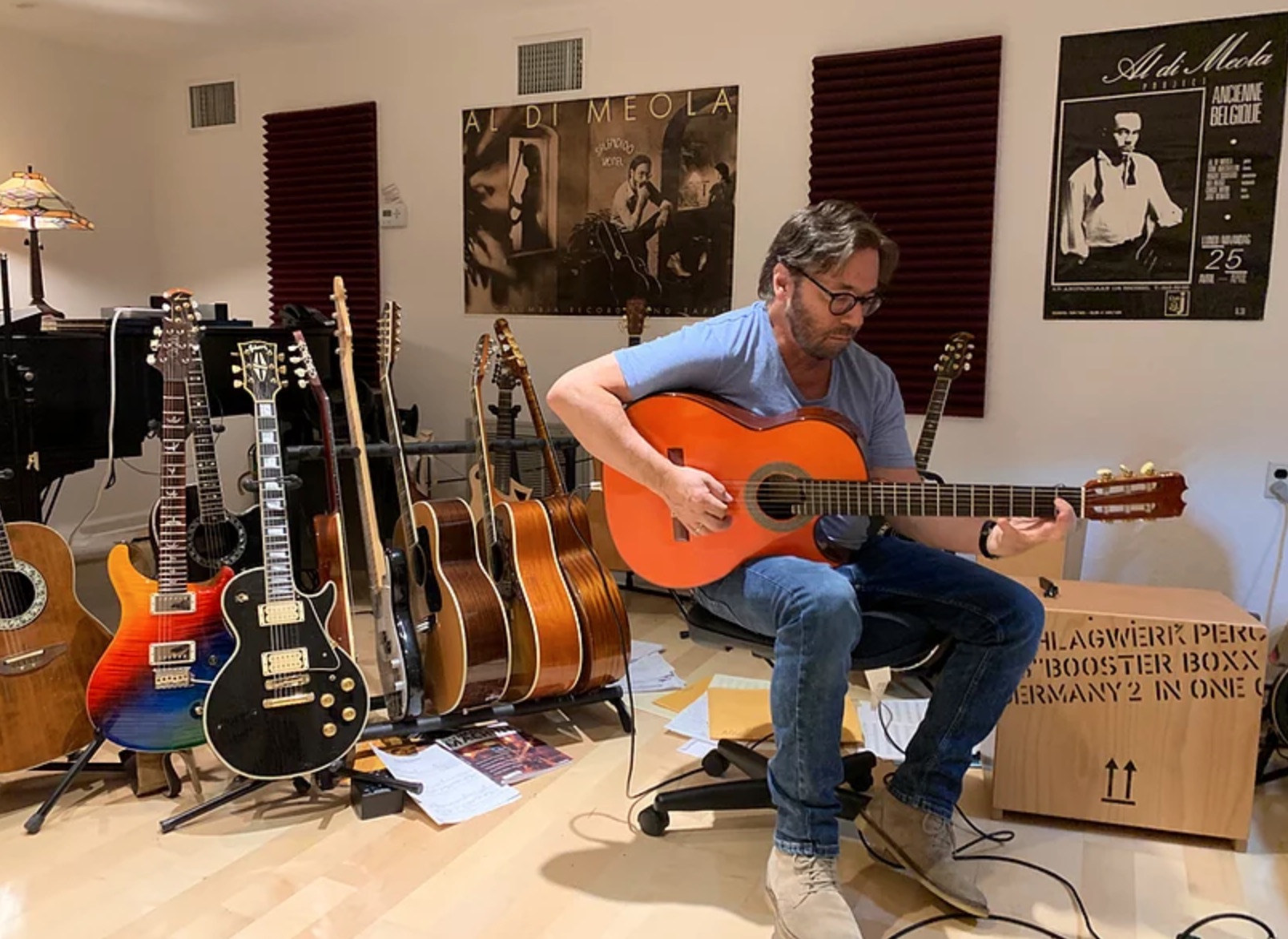
“So he gets him a bag of weed, we started the next day, and we got the first take. That is the one that wound up on the record and it became a hit single – an actual hit single – on the radio constantly in Spain, in France and in Germany.
“It was a phenomenon, sold millions, and so everyone in the world knows this song, Mediterranean Sundance, and it is [now] one of those songs that I can’t leave out of a set.
“That led to our discussions about possibly playing together sometime in the future. There was a man in London who recognised that fact, and he is now [Paul] McCartney’s agent and agent for Elton John. His name is Barrie Marshall of Marshall Arts.
“That was the beginning of his career, and he put the trio together. He brought in John, it was his baby, and he organised a whole world tour – and, yes, Friday Night, we knew, was the pinnacle of that first two-month tour, and the record went on to sell seven million [copies].”
- Saturday Night in San Francisco is out now via Impex Records.
With over 30 years’ experience writing for guitar magazines, including at one time occupying the role of editor for Guitarist and Guitar Techniques, David is also the best-selling author of a number of guitar books for Sanctuary Publishing, Music Sales, Mel Bay and Hal Leonard. As a player he has performed with blues sax legend Dick Heckstall-Smith, played rock ’n’ roll in Marty Wilde’s band, duetted with Martin Taylor and taken part in charity gigs backing Gary Moore, Bernie Marsden and Robbie McIntosh, among others. An avid composer of acoustic guitar instrumentals, he has released two acclaimed albums, Nocturnal and Arboretum.
“It holds its own purely as a playable guitar. It’s really cool for the traveling musician – you can bring it on a flight and it fits beneath the seat”: Why Steve Stevens put his name to a foldable guitar
“Finely tuned instruments with effortless playability and one of the best vibratos there is”: PRS Standard 24 Satin and S2 Standard 24 Satin review

